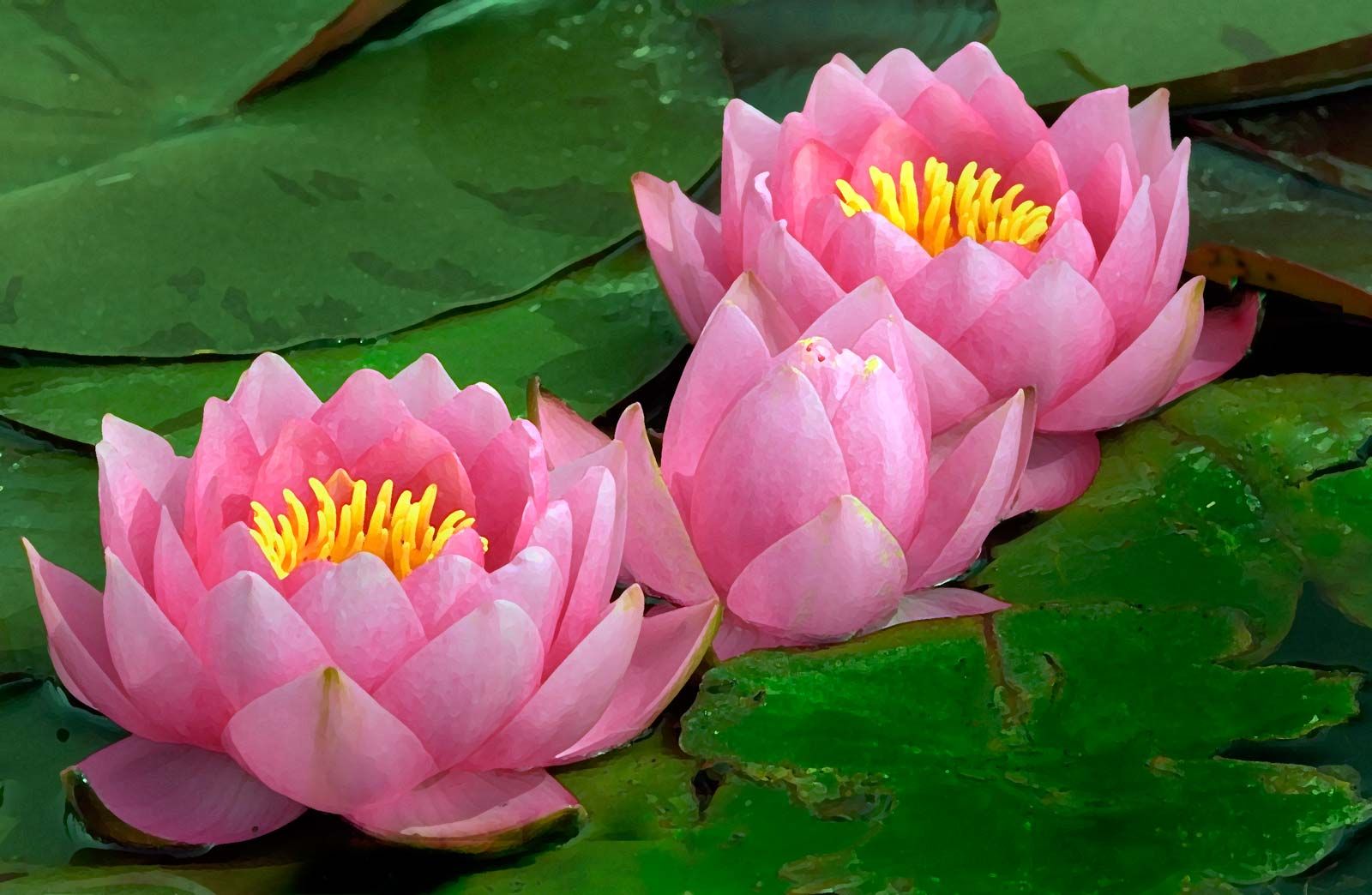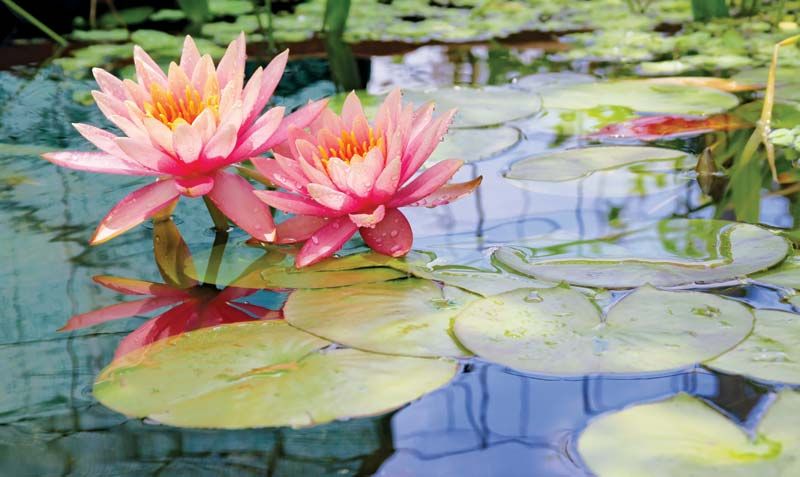These two magnificent aquatic plants are so similar to one another that it is understandable if you are perplexed by them. In fact, they are frequently mistaken for one another. Confusion is a common trait among professionals as well.
For instance, Talay Bua Daeng in Thailand, also known as Red Lotos See, has pink water lilies instead of any lotuses while having the same name. Continue reading if you want to solve the problem and discover how to tell them apart for good!
Table of Contents
Water Lily vs Lotus

There is, sadly, one exception in this case. In particular, tropical water lilies have the ability to rise above the water. This furthers the uncertainty, but rest assured that there are other differences as well. The size, form, and color of the blooms, as well as the color and texture of the leaves, vary between these plants.
1. Origin and plant families
The family Nimphaaceae, which contains about 60 plant species and is divided into two basic types: hardy water lilies indigenous to North America and tropical water lilies indigenous to the Amazon region, is where water lilies originate.
However, the Nelumbonaceae family only comprises two species of the lotus, the national flower of Vietnam and India. Through northern Indochina, East Asia, and Australia, it spreads over a larger area of central and northern India.
2. Flowers
Although water lily blossoms are typically smaller, they feature thin, confined petals toward the end. These include white, cream, pink, purple, reddish, and blue, among other hues. The flowers typically last three to four days and have a pleasant scent that is frequently used in the formulations of various perfumes.
Larger, with petals that are blunt at the end and measuring up to 12 inches in diameter, are lotus blooms. They have a less potent but still pleasing fruity aroma and last for only two days on average. The blooms open in the morning, face the sun, and then fold in the late afternoon.
Only hues of pink, cream, and white are available in the well-known cup-shaped flowers. So, if you observe blooms on the lake’s surface that are different from those described, those are water lilies.
3. Leaves
The spherical, uniformly green leaves on the lotus range in size from 18 to 36 inches. They develop on three different levels: at the root level underneath, on the surface of the water, and above the water. Since the leaf surface is velvety and rough, dew or raindrops that land on it stick there and sparkle in the sunlight.
The glossy green leaves of the water lily do not retain water. They are rarely monochromatic and frequently have dark purple dots scattered across them. And occasionally could be all purple. The water lily has broad, spherically notch-shaped leaves. Usually, they can expand to a diameter of between one and two feet.
4. Rootball
The tuberous, swollen root of the lotus stretches out in every direction. The plant’s roots require a bed of at least a 4-inch deep layer of clay or loam dirt when planted in a pot or pond, even though it can also be grown as a traditional hydroculture without soil.
The root of the water lily is comparable. However, it has rhizomes. Additionally, it expands horizontally as new stems appear from the root’s apparent buds. So a substantial layer of soil is not required when planting a water lily. This root helps plants spread more quickly and easily become invasive.
5. Edibility
The lotus has been used as a food and medicine for 7,000 years in Asia, unlike the water lily, which is typically not edible.
The plant can be eaten in its entirety. The young leaves and root can be combined in soups and chips, and the seeds can be eaten raw or cooked.
Water lily vs Lotus: Maintaining at home

The lotus is a perennial that can enhance your garden pond for many years with good care. Despite having an exotic appearance, it is a tough plant that grows well in climate zones 5 and higher in the USA. As long as the pond bottom is not frozen, they can easily spend the winter in the water.
Water lilies are perennials as well, however only the hardy varieties can be planted in temperature zones 9 and higher in the USA. Those with tropical ancestry and those from subtropical regions behave like annuals and pass away at the conclusion of the growing season.
Although it may sound depressing, there are benefits to tropical water lilies as well. They bloom more profusely and with more vivid hues. Even though they typically bloom every day, some species bloom a few hours before dusk and continue to bloom until noon the following day. Only tropical water lilies provide this nearly ethereal nighttime display.
Pot or pound?
The lotus plant is more suited for growing in bowls because it can flourish in shallow water. There are dwarf lotus variants available for purchase that thrive in pots with a 20-inch diameter.
Water lilies are typically planted in ponds rather than containers since they like the deeper water. It should be a sizable container that is at least a few feet deep, like a wine barrel, if you wish to grow them there. Although this plant also comes in gorgeous miniature versions, growing them still demands a deeper pot than growing lotus.
Which plant grows faster, louts or water lily?
The lotus enters the latent phase as soon as the day grows shorter and the temperature decreases, and it emerges slowly from this stage as it develops more slowly. To begin a new growth and flowering cycle, it need much more sunlight and warmer water.
When the lotus is only starting to form its leaves, the water lily frequently has already begun to bloom.
